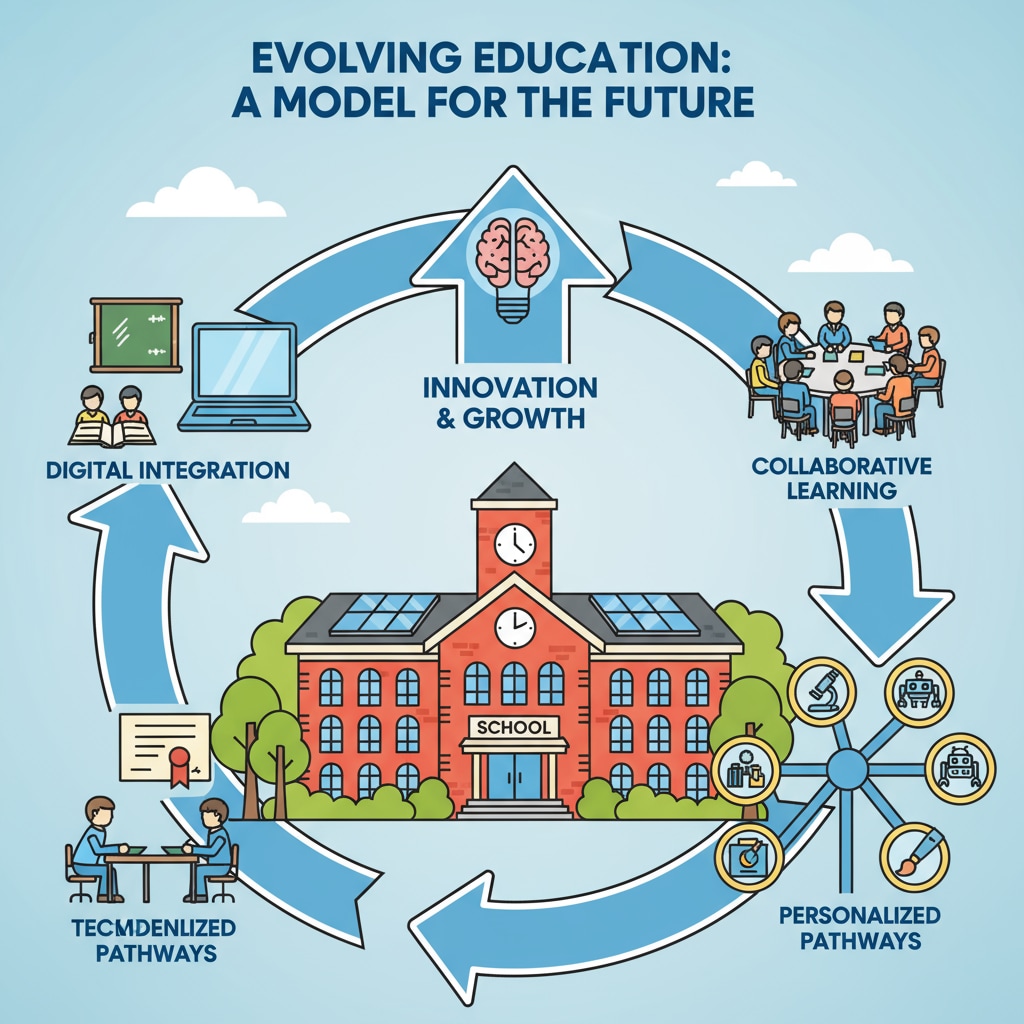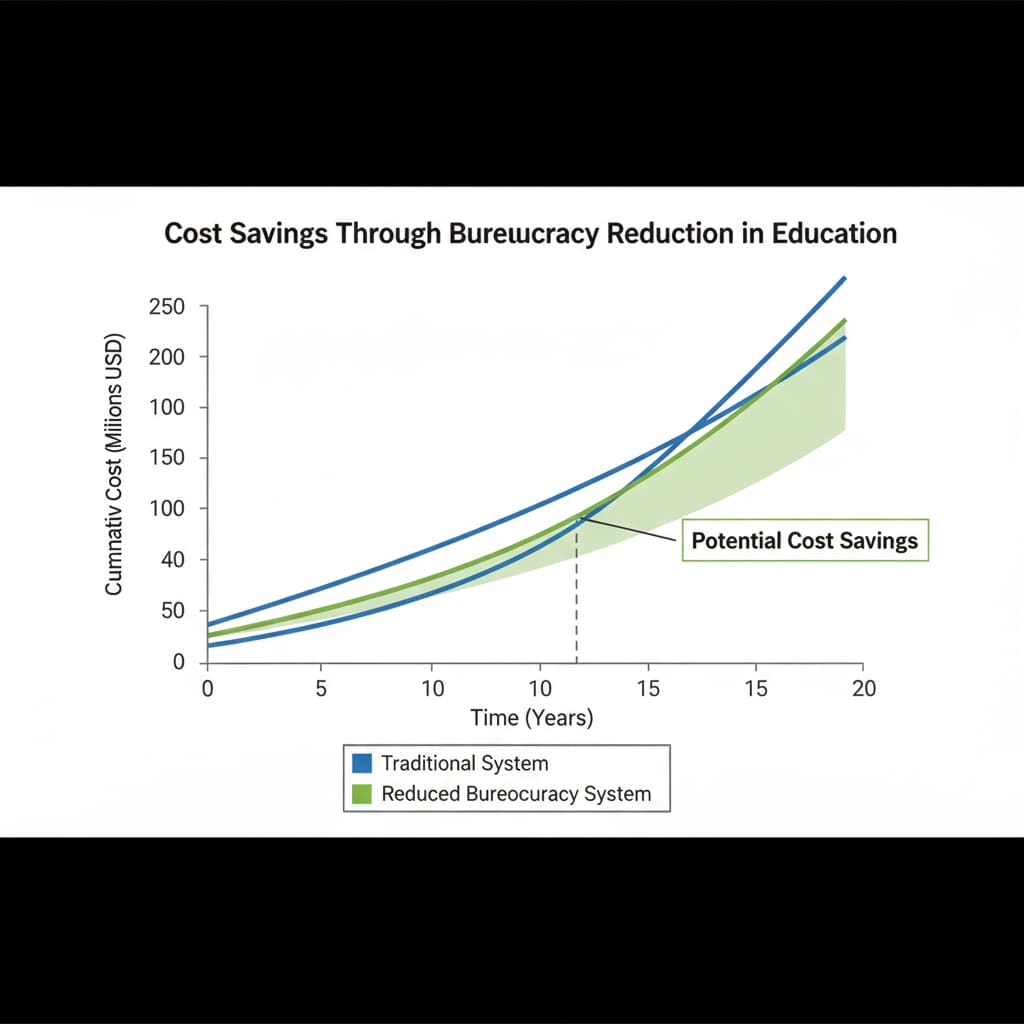The Trump administration, in its pursuit of education reform, has taken a bold step that involves the Department of Education. In October 2025, an executive order was signed to initiate the process of closing the Department of Education, which is set to bring about a major transformation in the US education system. This move is a central part of the conservative education reform vision, aiming to reshape the landscape of K12 education in the United States. However, the final implementation of this plan still requires congressional approval. Department of Education on Wikipedia

The Rationale Behind the Move
The decision to close the Department of Education is based on several factors. Proponents of this reform believe that a decentralized approach to education would give more power to local communities and schools. By reducing the federal government’s influence, states and local districts can tailor educational programs to better meet the specific needs of their students. For example, some areas may focus more on vocational training, while others may emphasize academic excellence in traditional subjects. This way, the education system can be more responsive to the diverse requirements of different regions. In addition, it is argued that cutting down on federal bureaucracy can lead to cost savings, which can then be redirected towards improving educational resources at the local level. Education Reform on Britannica

Implications for K12 Education
The proposed closure of the Department of Education will have far-reaching implications for K12 education. One of the most significant impacts could be on educational funding. Without the federal department overseeing and distributing funds, states will need to find alternative ways to finance schools. This might lead to a shift in funding sources, such as increased reliance on local property taxes or state-level lotteries. Another aspect is educational standards. With less federal guidance, states may develop their own sets of standards, which could result in a lack of uniformity across the country. However, some see this as an opportunity for innovation, allowing states to experiment with different teaching methods and curricula to improve student performance.
Readability guidance: The Trump administration’s education reform efforts, especially the potential closure of the Department of Education, are complex initiatives. By understanding the rationale and implications, we can better anticipate the future of US education. Using short paragraphs and clear lists helps to break down the key points, and the inclusion of transition words makes the flow of information more seamless.


